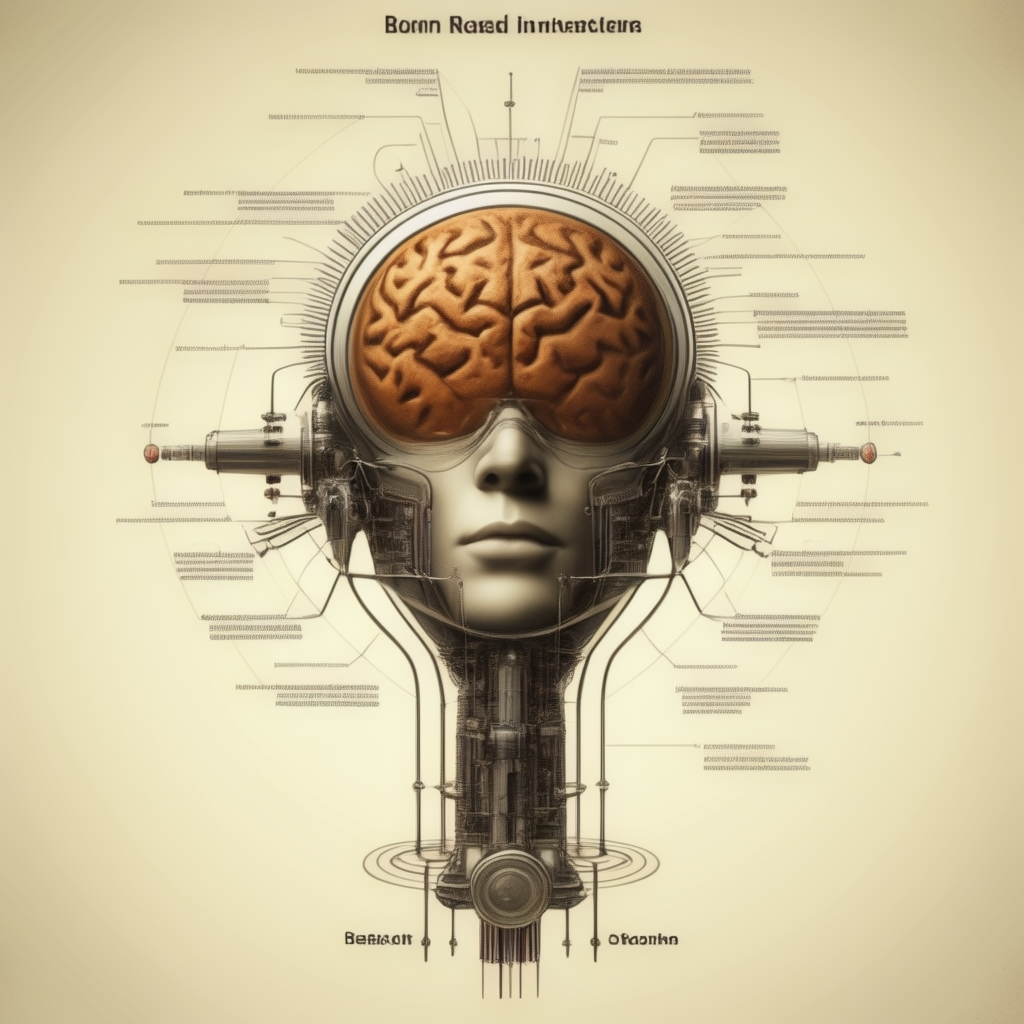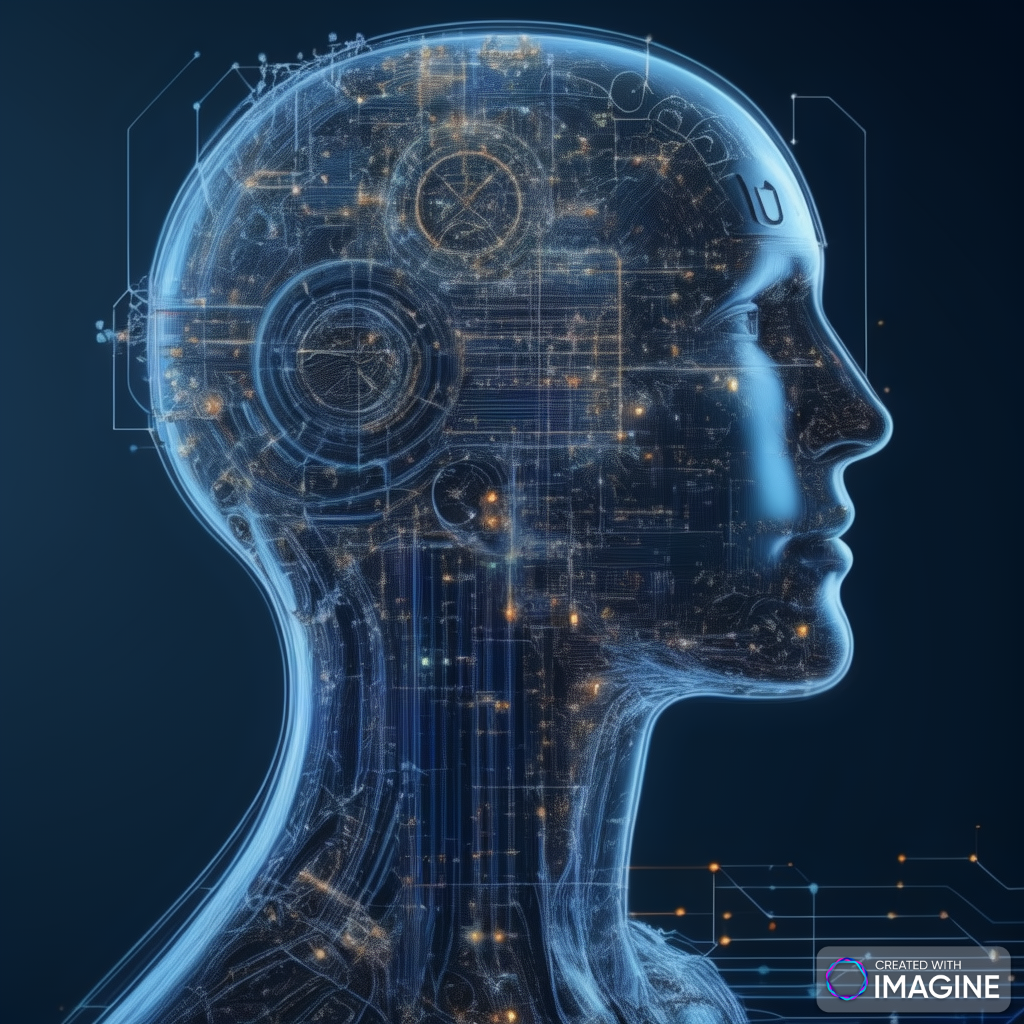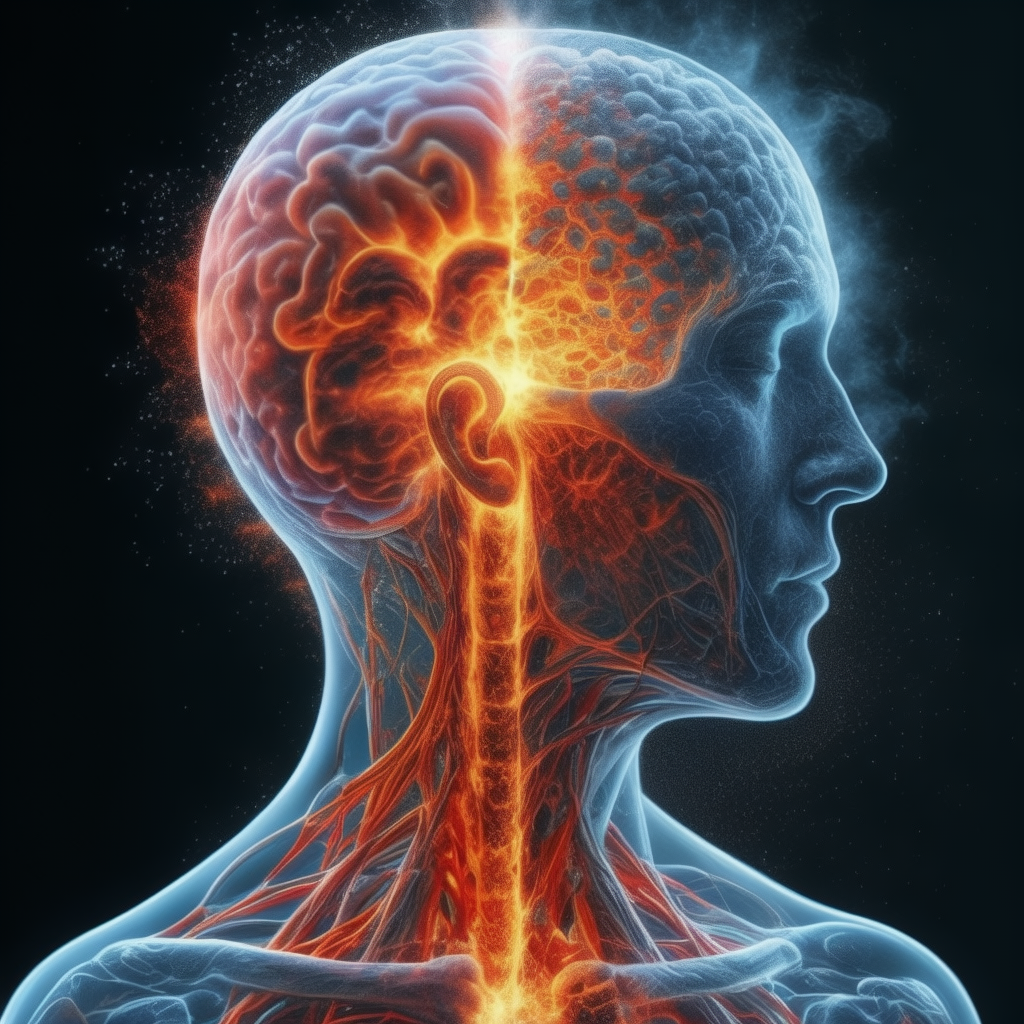Problem-Solving Agents and Atomic Representations: A Deep Dive
In artificial intelligence (AI) and cognitive sciences, problem-solving agents are designed to operate autonomously, finding solutions in complex environments. One of the fundamental approaches that these agents use to represent information and solve problems is known as atomic representation. Atomic representation refers to a way of structuring data and knowledge within an agent’s “mind” as indivisible, singular units or “atoms.” This blog post explores the concept of atomic representations, how they function in problem-solving agents, and why they’re essential to many AI systems.
1. Understanding Problem-Solving Agents
- What is a Problem-Solving Agent?
A problem-solving agent is an AI entity programmed to perform tasks autonomously by finding solutions in a structured or unstructured environment. These agents are designed to achieve specific goals, whether it’s navigating a maze, planning logistics, or making recommendations. - Types of Problems They Solve:
These agents typically solve problems like pathfinding (e.g., navigation), planning (e.g., organizing tasks), and decision-making (e.g., selecting actions). They operate by assessing their environment and taking the best possible actions to move toward a goal.
2. Atomic Representation in AI
- Definition of Atomic Representation:
Atomic representation in AI refers to a structure where data and knowledge are treated as indivisible units. Each unit is an “atom,” meaning it doesn’t break down into smaller components. These atoms are used to represent states, actions, and events within the problem-solving agent’s framework. - Contrast with Other Representations:
- Factored Representations: Here, a state can be divided into multiple factors or features. For instance, a “location” in a factored representation could include variables for coordinates, altitude, and description. Structured Representations: This approach uses more detailed hierarchies and complex relationships, where elements are defined with properties and relationships.
3. Advantages of Atomic Representations in Problem-Solving Agents
- Simplicity and Efficiency:
Atomic representations are simpler to process, reducing computational overhead. Since states and actions are indivisible, the agent can perform quicker searches through possible solutions without needing to parse through complex structures. - Application to Search-Based Solutions:
When dealing with search problems like pathfinding or chess, where each state or position can be treated as an atom, atomic representations streamline the agent’s path through the decision tree. The agent doesn’t need to dissect each state but simply evaluates each one in relation to its potential to reach the goal. - Optimal for Discrete Problems:
Atomic representations are highly suited for problems with clearly defined, discrete steps (e.g., a sequence of moves in a board game). Each action leads the agent to a new atomic state without requiring further decomposition.
4. How Problem-Solving Agents Use Atomic Representations
- State Space as Atomic Units:
In atomic representation, each possible configuration of the problem (a “state”) is a single, undivided entity. The agent evaluates each state as a whole, rather than examining subcomponents or features. For instance, in a maze-solving agent, each point in the maze grid is an atomic state. - Search Algorithms and Atomic States:
Atomic representations enable the use of classic AI search algorithms like Breadth-First Search, Depth-First Search, and A* Search, where each state is considered as a node. For example, in pathfinding, each node (or state) represents a possible position, and transitions between states correspond to possible moves. - Goal Recognition:
The problem-solving agent recognizes the goal state as an atomic entity. For instance, if the goal is to navigate to a specific location, the agent assesses each state as either the goal state or not, without analyzing additional features.
5. Examples of Atomic Representations in Practice
- Navigation Agents:
In applications like autonomous driving or delivery drones, atomic representations are used for waypoints or locations. Each waypoint is an indivisible state, allowing agents to compute optimal paths quickly. - Game-Playing Agents:
Games like chess or tic-tac-toe use atomic representations where each board configuration is a single state. The agent evaluates each configuration as a potential path toward winning, simplifying decision-making. - Scheduling and Task Allocation:
In task allocation, each task assignment is treated as an atomic unit. The agent selects among atomic states to arrange tasks in a way that meets the goal most effectively, without needing further task breakdown.
6. Challenges and Limitations of Atomic Representation
- Lack of Detail for Complex Problems:
Atomic representations struggle with complex, multi-faceted problems where state details matter. For instance, in language processing, atomic representations would oversimplify the structure of sentences, missing critical nuances. - Less Flexible for Adaptive Environments:
In dynamic environments, where context and changeable factors are crucial, atomic representations may hinder the agent’s ability to adapt to subtle variations, as they lack the granularity to respond to specific state changes. - Increased Complexity with Larger State Spaces:
For problems with vast numbers of possible states (e.g., real-time strategy games), the atomic approach can lead to state explosion, making it difficult to evaluate all potential states within reasonable time constraints.
7. Moving Beyond Atomic Representations: Hybrid Approaches
- Combining Atomic and Factored Representations:
Hybrid models use atomic states for simpler, high-level tasks and factored representations for states requiring detailed analysis. This approach balances simplicity with necessary complexity. - Adaptive Representation Models:
Modern agents sometimes employ adaptive representations, adjusting their granularity based on the task. For straightforward problems, they may treat states atomically, while complex challenges involve more detailed, hierarchical representations.
8. Future Directions in AI for Atomic Representations
- Enhancing Efficiency with Quantum Computing:
As quantum computing advances, atomic representations may be executed with even greater speed and efficiency, potentially overcoming some of the computational limitations encountered in large state spaces. - Development of Modular Agents:
Researchers are exploring modular agents that switch between atomic and more complex representations depending on context. These agents use atomic representations when a problem is simple but can transition to more intricate representations as the problem complexity increases.
Additional Points for Atomic Representations in Problem-Solving Agents:
- Formalizing Problem Spaces in Atomic Terms
- Defining State Spaces with Mathematical Rigor: Problem-solving agents often rely on mathematical structures like graphs, where each node (or “state”) is treated as an atomic unit. This allows for mathematically rigorous exploration of the problem space, as algorithms can analyze connections (edges) between states without decomposing them further.
- Path Costs and Transition Costs: By assigning path and transition costs between atomic states, agents can implement algorithms such as Uniform Cost Search, where decisions are based on the cumulative cost of reaching a goal. This cost-based decision-making is crucial in fields like logistics or autonomous driving, where efficiency and resource usage are significant concerns.
- Atomic Representation and Heuristic Approaches
- Heuristic Functions in Atomic Searches: In search algorithms like A*, atomic states allow for the use of heuristic functions that estimate the “distance” to the goal. Heuristics provide an approximation that enables the agent to focus on the most promising paths without detailed decomposition of each state.
- Pattern Databases as Heuristic Tools: In more complex domains, precomputed pattern databases store optimal paths or move sequences for various atomic states, allowing agents to leverage stored solutions for faster processing. This method is frequently used in puzzle-solving applications (e.g., the Rubik’s cube or sliding tile puzzles).
- Constraint Satisfaction Problems (CSPs) and Atomic Representations
- Atomic Constraints in CSPs: In many CSPs, each state is an atomic representation of a possible variable assignment. Constraints between states (like variable limits or ranges) create a simplified way for the agent to systematically evaluate all possible states until a solution is found.
- Backtracking and Forward-Checking: Atomic representations in CSPs enable techniques like backtracking, where agents evaluate states recursively, backtracking to previous states when constraints fail. Forward-checking helps avoid paths that will lead to dead ends by eliminating choices that violate constraints upfront.
- Integrating Probabilistic Models with Atomic Representations
- Markov Decision Processes (MDPs): In MDPs, atomic states and probabilistic transitions between states form the basis for calculating optimal policies. Each atomic state has a probability and reward associated with transitions to other states, allowing the agent to evaluate sequences of actions probabilistically.
- Reinforcement Learning with Atomic States: Many reinforcement learning (RL) algorithms, such as Q-learning, treat each possible state as an atomic unit, where agents learn optimal action policies by maximizing rewards associated with individual states over repeated trials.
- Atomic States in Multi-Agent Systems
- Coordination of Multiple Agents with Atomic Representations: In multi-agent systems, agents often view the states of other agents as atomic units. Each agent considers the actions and states of others as indivisible entities, simplifying inter-agent communication and decision-making.
- Game Theory Applications in Atomic State Interactions: In game-theoretic models, each agent’s state and actions are atomic representations that facilitate the analysis of strategy and competition. This approach enables modeling of cooperative or competitive behavior among agents in scenarios like resource allocation, negotiation, and strategic planning.
- Hardware Efficiency and Atomic Representations
- Simplifying Computations at the Hardware Level: Atomic representations minimize the need for complex hierarchical processing, leading to lower computational requirements. This is especially important in hardware-constrained environments (like embedded systems) where processing resources are limited.
- Parallel Processing with Atomic Units: Atomic representations are well-suited for parallel processing, as each atomic state can be evaluated independently. This approach is widely used in high-performance computing applications, where multiple processing units can work on discrete states simultaneously to achieve faster problem-solving.
- Theoretical Foundations in Cognitive Science
- Cognitive Models of State Representation: In cognitive science, atomic representation parallels how humans and animals often treat distinct tasks as singular goals or decisions, leading to faster and more decisive actions. Cognitive load theory suggests that atomic representations help reduce cognitive load by preventing over-processing of information.
- Goal-Directed Behavior and Atomic Representations: Atomic representations align with the psychological model of goal-directed behavior, where actions and goals are treated as discrete units. This helps simplify complex decision-making by breaking down broader objectives into simpler atomic goals.
- Atomic Representation in Natural Language Processing (NLP)
- Tokenization as an Atomic Process in NLP: While words and phrases in NLP are often divided into tokens, each token itself is treated as an atomic representation during initial stages of processing. This simplification enables efficient algorithms for tasks like parsing, named entity recognition, and part-of-speech tagging.
- Semantic Role Labeling with Atomic Units: In more advanced NLP tasks, sentences can be divided into atomic roles (subject, verb, object) without decomposing further. This helps in establishing a fundamental structure before applying more intricate semantic analysis.
- Atomic Representation and Knowledge Representation in AI
- Ontologies with Atomic Concepts: Ontologies, which define relationships between concepts in AI, often use atomic representations to categorize and simplify complex hierarchies. Each concept in an ontology can act as an atomic entity that helps agents understand relationships without delving into details.
- Frames and Scripts in Knowledge Representation: Frames (static data structures) and scripts (sequences of events) can use atomic representations to store basic knowledge and expected events. For instance, an agent programmed with a “restaurant script” can treat each action (ordering, eating, paying) as an atomic representation to guide behavior in predictable scenarios.
- Temporal Reasoning in Atomic Problem Solving
- Treating Time Intervals as Atomic Units: In temporal reasoning, certain problems require that time intervals or events be represented atomically. This is useful in scheduling and time-dependent decision-making, where each interval is treated as an indivisible block.
- Discrete Event Simulation: Atomic representations are applied in discrete event simulations, where each event in a sequence is treated as an indivisible unit. This approach is essential in simulating processes like network traffic, where individual events are sequentially modeled without sub-dividing.
- Scaling Up: Atomic Representation in Large-Scale Systems
- Atomicity in Distributed Systems: Distributed systems leverage atomic representations to manage states and events across multiple nodes. This ensures that each node treats shared data states as indivisible, maintaining consistency across the system during concurrent operations.
- Big Data and MapReduce with Atomic Operations: Big Data frameworks like Hadoop MapReduce use atomic processing units (or data chunks) to process massive datasets in parallel. Treating each data chunk as atomic allows for efficient data aggregation, transformation, and analysis on a large scale.
- Quantum Computing and Atomic Representation Potential
- Quantum States as Atomic Units: In quantum computing, each qubit state can be considered an atomic unit with distinct properties. Quantum algorithms may treat certain states atomically, simplifying complex operations in ways not achievable with classical computing.
- Quantum Superposition and Atomic Problem Solving: Quantum superposition allows atomic states to exist in multiple configurations simultaneously. This principle could allow quantum agents to analyze multiple atomic states concurrently, potentially revolutionizing atomic representation in problem-solving.
- Advanced Machine Learning Techniques for Atomic Representation
- Clustering and Dimensionality Reduction: Advanced ML techniques like clustering and dimensionality reduction allow problem-solving agents to group similar atomic states, making high-dimensional data more manageable without decomposing individual states.
- Generative Models with Atomic Latent Representations: In generative modeling (e.g., Variational Autoencoders), atomic latent representations are used to generate new data based on a set of atomic “core” features. This allows agents to generalize from atomic states to more complex, high-level data structures.
- Cross-Disciplinary Applications of Atomic Representation
- Robotics and Atomic Motion Planning: In robotics, each movement or waypoint can be treated as an atomic unit in motion planning, simplifying navigation and manipulation tasks by abstracting complex motor actions into discrete states.
- Finance and Atomic Decision Units: In financial algorithms, atomic representations can simplify decision-making. For example, each transaction or investment decision is an atomic event, allowing agents to apply high-speed algorithms to maximize returns based on indivisible decision units.
- Ethical and Philosophical Considerations
- Limitations of Atomic Thinking in Human-AI Interaction: Atomic representations, while efficient, may lack the nuance required for ethical decision-making, as they simplify complex situations into discrete units. This simplification could lead to oversights or ethical dilemmas, particularly in high-stakes applications like autonomous vehicles or healthcare.
- Philosophical Implications of Atomicity in AI: The atomic approach reflects a deterministic view, where each state is indivisible and predefined. This has sparked philosophical debate about whether atomic representations capture the fluid and interconnected nature of human experience, suggesting that AI might need to evolve beyond atomicity to achieve true empathy and understanding.
Conclusion
Atomic representation, as a fundamental approach in problem-solving agents, continues to evolve. Its simplicity and efficiency make it ideal for a wide array of applications, from logistics and scheduling to gaming and beyond. As AI systems become more complex, future developments may integrate atomic representations with more dynamic structures, potentially transforming how agents approach complex, real-world problems. The potential for atomicity to intersect with quantum computing, high-performance data processing, and cognitive science demonstrates its enduring importance in advancing artificial intelligence and autonomous systems.
Atomic representations play a foundational role in the functioning of problem-solving agents, especially in domains requiring clear-cut, discrete steps. While they offer efficiency and simplicity, they also come with limitations when handling highly complex or adaptive tasks. However, with advances in AI, computing power, and hybrid representation strategies, atomic representations remain an essential tool in the evolving landscape of AI and problem-solving agents. As consulting firms and tech innovators continue to enhance agent capabilities, understanding the nuances of atomic representation will be vital for driving the next wave of intelligent, autonomous solutions.







